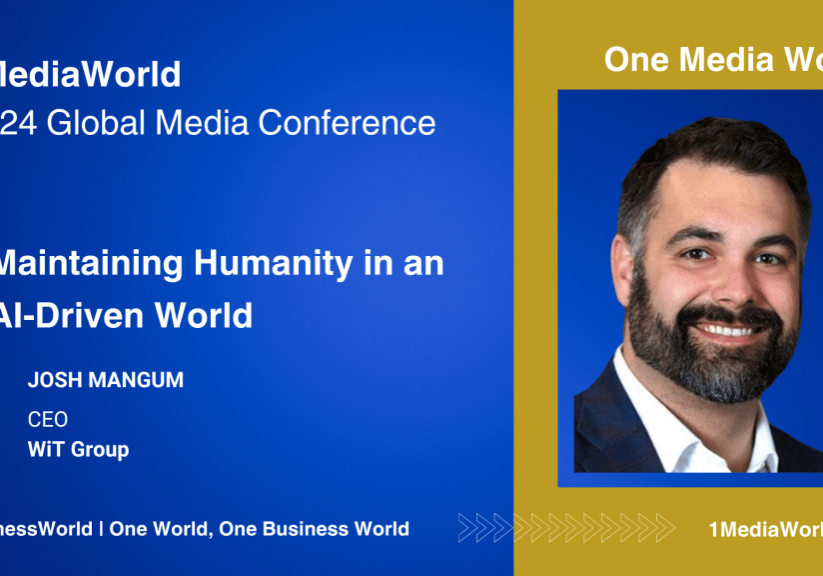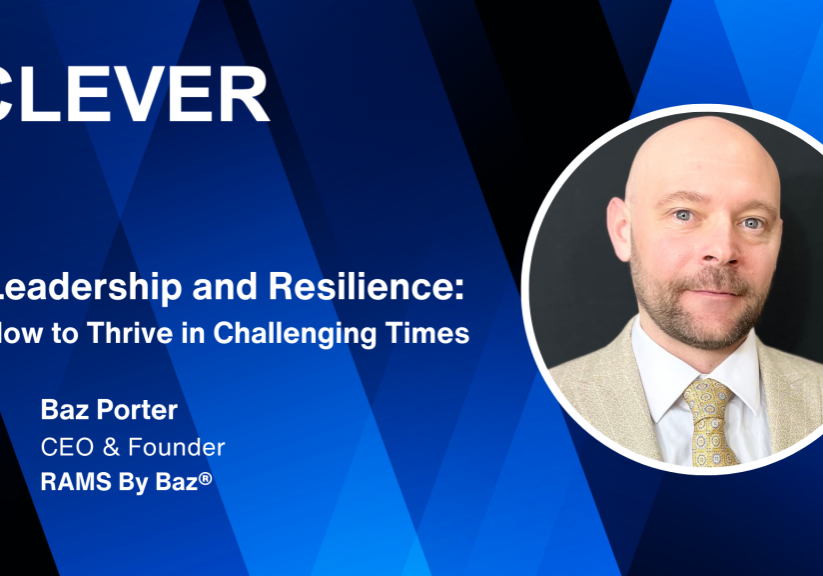
A Boeing 777-312(ER) passenger plane belonging to the Singapore Airlines lands at Hong Kong International Airport on August 01 2018 in Hong Kong, Hong Kong.
S3studio | Getty Images News | Getty Images
SINGAPORE — Quarantine-free leisure travel between Hong Kong and Singapore will resume on Nov. 22, according to details of a bilateral air travel bubble announced Wednesday.
Under the new guidelines, passengers will be allowed to travel between the two locations without the need to isolate on arrival. Instead, they will be required to undergo a Covid-19 test and provide a negative result within 72 hours before departure. All travelers arriving in Hong Kong will also be required to take a Covid-19 test at the airport upon arrival.
There will be no restrictions on the purpose of travel and no requirement for a controlled itinerary or sponsorship. However, travelers must have no travel history to any place outside of Hong Kong or Singapore within 14 days prior to departure.
Arrivals will be subject to local Covid-19 restrictions in the respective markets, such as downloading a contact tracing app and wearing masks. Any travelers who contract the virus will be required to bear their own medical costs.
Flights will be initially limited to one per day into each city with a limit of 200 travelers on each flight.
If the coronavirus situation does not deteriorate in either city, flights are expected to increase from Dec. 7 to two per day into each city. However, should the weekly average of confirmed cases exceed five per day on either side, the bubble will be suspended for two weeks, Hong Kong’s Secretary for Economic Development and Commerce, Edward Yau, noted.
The designated air travel bubble flights will only ferry passengers traveling between Hong Kong and Singapore, and will not include those transiting through either of the cities, the announcement noted.
Hong Kong and Singapore first announced plans for a bilateral travel bubble in mid-October as both cities seek to repair some of the damage inflicted by the coronavirus pandemic on their hard-hit tourism and aviation industries.
Without domestic air travel markets, the two Asian business hubs are heavily reliant on international travel. Last year, Hong Kong recorded more than 453,000 visitor arrivals from Singapore, while Singapore received 489,000 visitors from Hong Kong, according to the respective cities’ official statistics.
While we may be starting small, this is an important step forward. I have no doubt both Singapore and Hong Kong will co-operate fully to make this scheme work.
Ong Ye Kung
Singapore’s minister for transport
The agreement will fall well short of bringing flights between the two locations to their pre-pandemic average of 18 per day. Still, Singapore’s minister for transport, Ong Ye Kung, hailed the agreement as a “first of its kind,” and said it could go some way in reinstating international travel.
“The Singapore-Hong Kong Air Travel Bubble enables us to achieve two objectives at the same time – open up our borders in a controlled manner, while maintaining safety in our societies,” he said.
“While we may be starting small, this is an important step forward. I have no doubt both Singapore and Hong Kong will co-operate fully to make this scheme work. It will be a useful reference for other countries and regions that have controlled the epidemic, and are contemplating opening their borders,” he added.
Both Singapore and Hong Kong have been early advocates of introducing travel agreements with other countries considered to be low risk.
Singapore, for its part, has unilaterally opened its borders to tourists from select countries including Australia, Brunei, mainland China, Vietnam and New Zealand. Meanwhile, Hong Kong is said to be in talks with 10 countries, including Japan and Thailand, over similar arrangements.
As of Nov. 10, Singapore had 58,073 total confirmed coronavirus cases and 28 deaths. Hong Kong had a total of 5,390 confirmed cases and 108 deaths.
— CNBC’s Yen Nee Lee contributed to this report.












